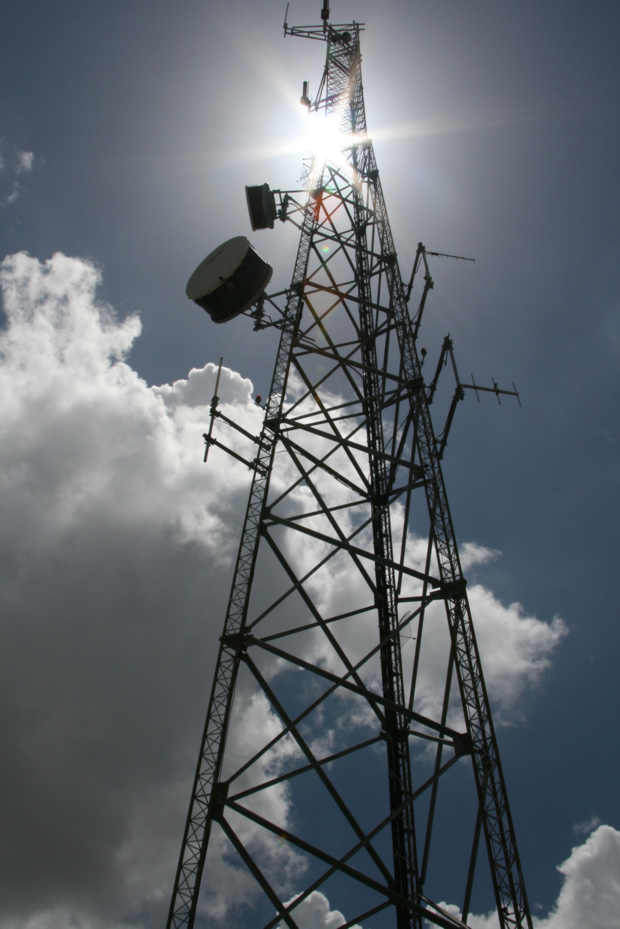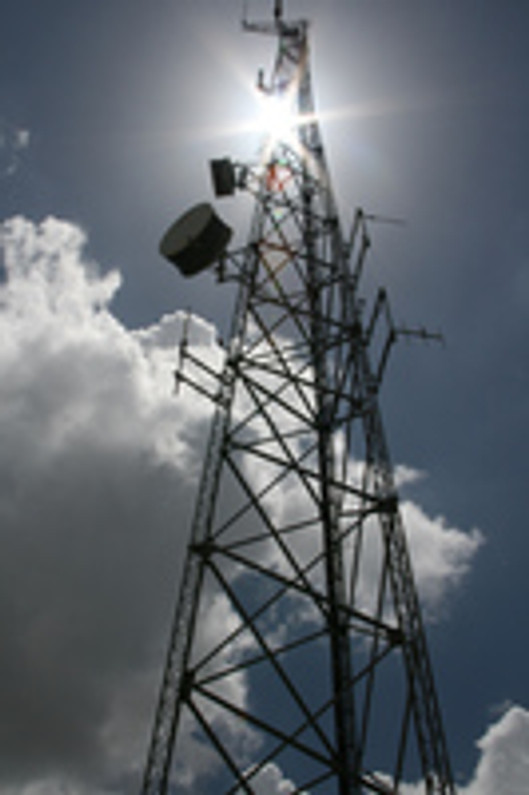Communications Tower Safety 101

Due to their height and complexity, communications towers pose unique risks to workers. According to the Occupational Safety and Health Administration (OSHA), 11 workers lost their lives while working on cell towers in 2011. OSHA hopes to turn these numbers around by raising awareness to the dangers of communications towers and how to prevent injuries and fatalities.
It's important to note that communications towers are relatively new. It wasn't until the 1980s when TV, radio and cellular service companies began erecting them. Since then, however, the communications industry has exploded, with thousands of towers popping up throughout the country. Subsequently, this has led to an increased to number of work-related injuries and fatalities involving communications towers.
To put the dangers of communications towers into perspective, workers are regularly forced to climb ladders, structures and step bolts anywhere from 100-2000 feet just to reach the top. And once they reach the top, they are often required to perform maintenance and/or repair work using various tools. The climb alone is dangerous enough, but when you add the maintenance and repair work into the mix, it becomes a seriously dangerous job.
Another hazard associated with communication tower work involves the weather. Even of the local meteorologist forecasts clear, sunny skies, there's always the possibility of mother nature throwing workers a curve ball. And when your stuck 1500 feet up a cell tower, you don't want to experience a thunderstorm with high winds.
Here are some of the most common hazards faced by communication tower workers:
- Falls
- Electrocution
- Weather
- Equipment failure
- Structural collapse
- Hoisting equipment failure
"The cellphones in our pockets can't come at the cost of a worker's life. The cell tower industry might be small, with 10,000 to 15,000 workers, but it's quickly proving to be one of the most dangerous. If we don't do something now, the number of fatalities is going to grow as fast as the industry does," said U.S. Secretary of Labor Thomas E. Perez. "We know we can't solve this problem alone though, and that's why I am so glad to be joined in partnership on this issue with the FCC and major carriers like AT&T. It's a perfect example of federal agencies and industry breaking down barriers and identifying common goals to save workers' lives."
Recent Posts
-
Fire Safety in the Workplace: What You Need to Know
What steps are you taking to prevent fires in your workplace? According to the U.S. Occupational Saf …Aug 23rd 2023 -
Is It Safe to Go Jogging With a Cold Infection?
If you're suffering from a cold infection, you might be wondering whether it's safe to go jogging. T …Aug 22nd 2023 -
5 Safety Tips to Follow When Using a Powder-Actuated Tool
Powder-actuated tools are commonly used to join materials to steel and concrete. Also known as Hilti …Aug 20th 2023




